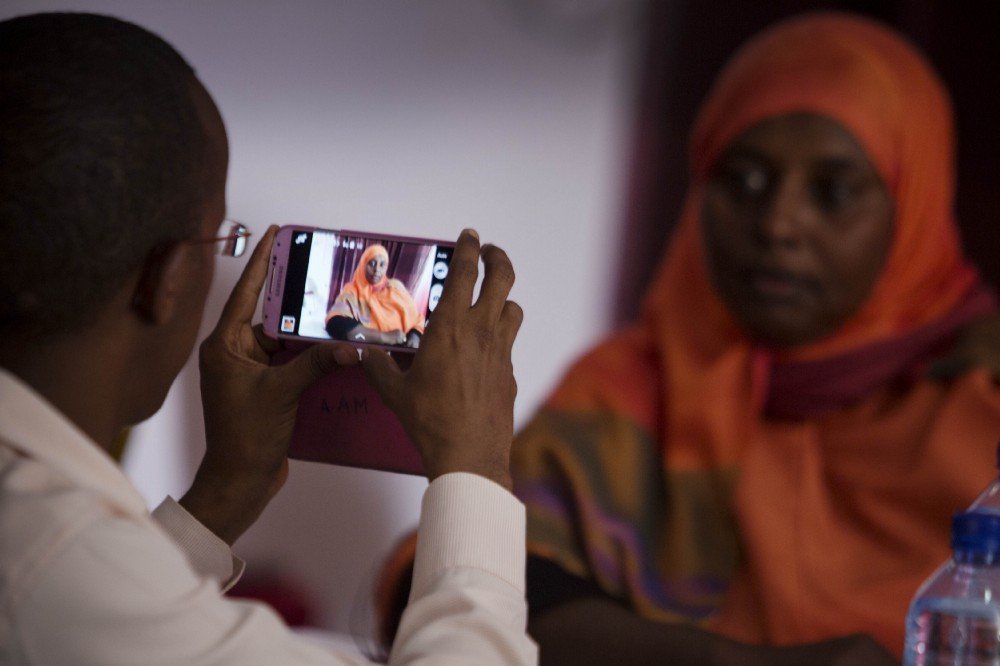In the digital era, where everyone with a smartphone is a potential photographer, ethical practices in photography have become increasingly vital. Professional photographers, however, have an added responsibility to uphold these practices consistently. This article delves into the importance of ethical practices, focusing on model consent, ethical editing, and the complexities of public photography.
Understanding Consent
In photography, consent is the explicit agreement from a person to have their photograph taken and potentially published. Without it, photographers risk legal complications and harm to their reputation.
- Model Consent: Regardless of whether the subject is a professional model or a friend helping out, consent should always be obtained. This usually takes the form of a model release form, a legal document outlining the terms of the shoot and how the images will be used.
- Consent in Public Spaces: Laws about photographing people in public spaces vary globally, but a good rule of thumb is always to seek permission if the person is identifiable in your image. When photographing children in public, always get consent from their guardian.
Navigating Ethical Editing
The rise of software like Adobe Photoshop and Lightroom has made it easier than ever to manipulate images. However, with great power comes great responsibility.
- Truth in Editing: It is essential to maintain the integrity of your subjects. Avoid making changes that significantly alter their appearance or misrepresent reality, especially when it comes to journalistic photography.
- Disclosure of Edits: For more artistic work where significant edits may be involved, it’s always a good idea to disclose that the image has been altered. This transparency can help to maintain trust with your audience.
Photography in Public Spaces
Photographing in public spaces introduces a set of unique challenges.
- Respecting Privacy: Just because you can take a picture doesn’t always mean you should. Be mindful of people’s privacy, and avoid capturing potentially embarrassing or compromising situations.
- Sensitive Locations: Be aware of cultural sensitivities and laws around photographing certain locations. These could include religious sites, government buildings, or private property. When in doubt, ask for permission.
Conclusion
Ethical photography practices revolve around respect for your subject and honesty with your audience. It’s a commitment to capturing the world around us without harm, manipulation, or misrepresentation.
Remember that the reputation of the photography community as a whole can be influenced by the actions of individuals. By adopting ethical practices, we not only ensure our integrity as photographers but also contribute to a more respectful and honest portrayal of our world.
In the end, the ultimate goal of photography is to capture the truth of a moment, a person, or a place, and to share that truth with others. By maintaining ethical practices, we can ensure that this goal is achieved in the most respectful and authentic way possible.


0 Comment